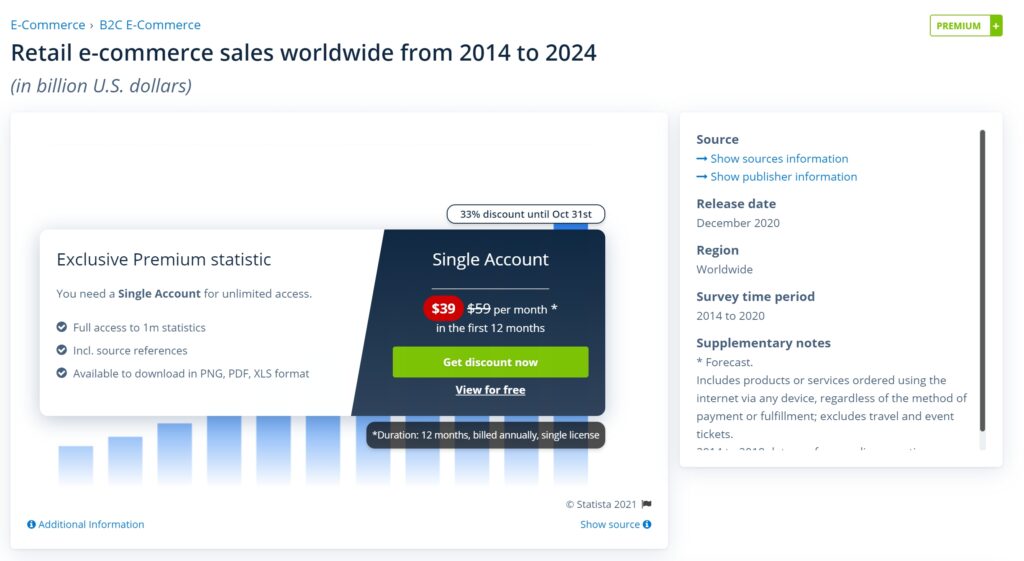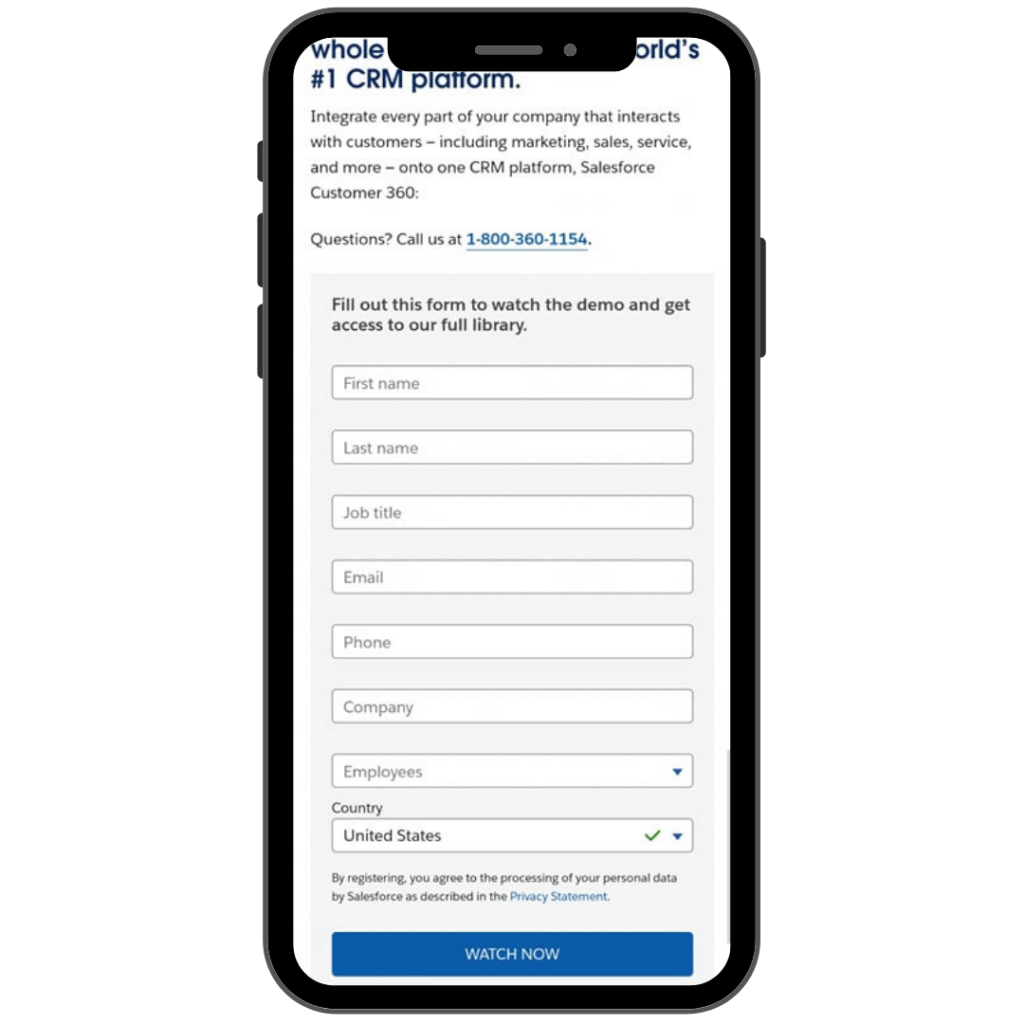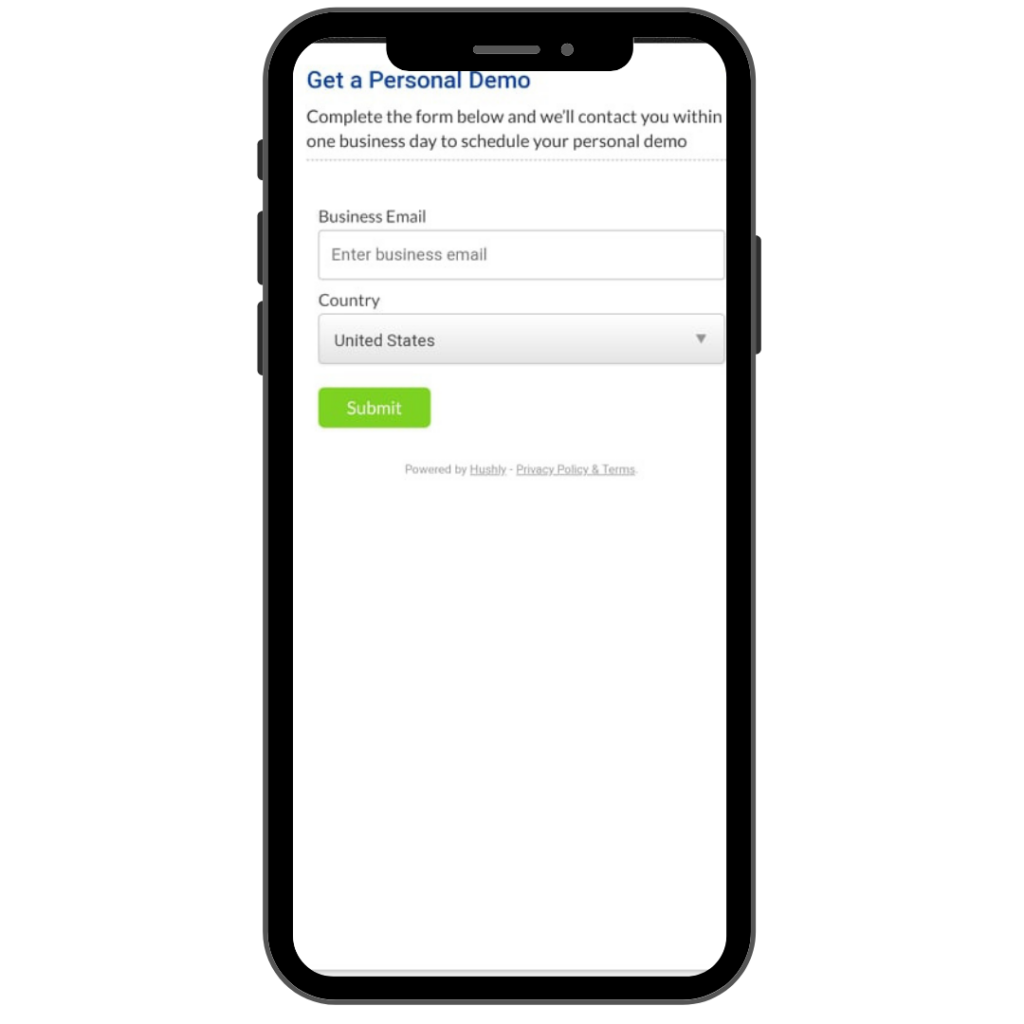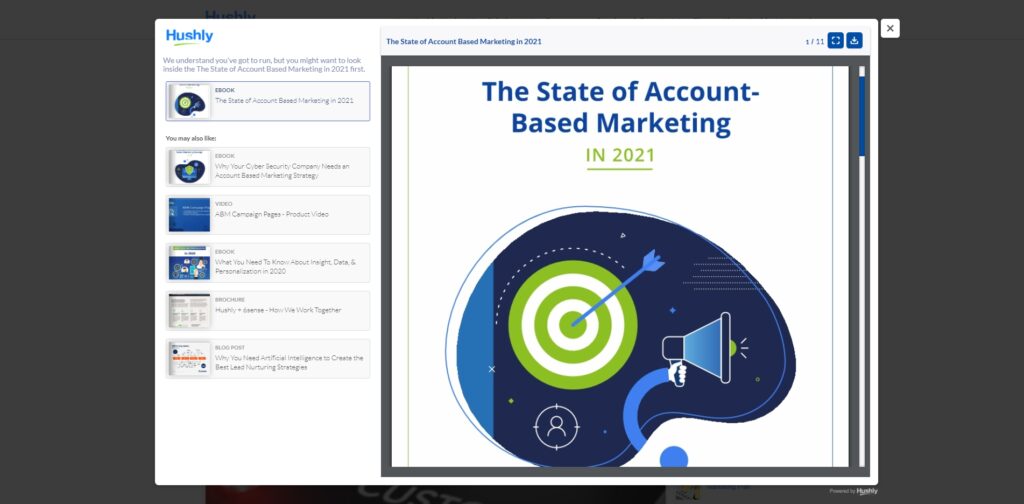Filters
Content Type
Topic
How to Create Gated Content that Works: 4 Tips

Gated content has been a popular topic of discussion in the marketing world in recent years. For a while, gated content was an effective way to generate new leads. However, recently, the concept of gated content has been criticized for being outdated. Should you create gated content? Is it still a viable method for collecting new leads?
To answer this question, it's essential to understand what gated content is.

What is Gated Content?
Gated content is content that is locked down to a specific group of people. This means that those who are interested in the content will have to apply to get access.

The goal of this content is to generate leads and build relationships with people. However, businesses used to allow just about anyone to enter an email and gain access to the content, even if they had no intention of doing business with your brand in the long run - which is why the question of whether or not gated content is a viable lead-generation has become so popular.
Should You Create Gated Content? Is It Worth It?
Gated content, when done right, can be a powerful lead-generation tool. However, if the content is too difficult to access, it will turn off your audience.
This is why you have to make sure that you create gated content that is accessible to everyone and is worth the person giving you something in return. Complicated forms on a mobile device are an instant turn-off for someone trying to get more information from your brand.
A form with multiple entry fields, a high number of questions, and a long wait time to access the content are not worth the person's time.

Gated content that is difficult to access will not generate leads.
If you want to use gated content to generate leads, make sure it is accessible and easy for those looking to apply for access.
Here at Hushly, we believe in micro gating content. We give customers direct access to a sample of our gated content, and when we finally ask them for something in return for the entire piece of content, we keep that form simple.

In these instances, less is more. By giving your audience access to some of your content, you are giving them a taste of what you have to offer, and if your content is up to par, they will be more than willing to exchange their email address for full access.
So yes – gated content does work when done correctly. However, you don't want to simply give anyone access to your pieces. Instead, you want to filter out the garbage requests for access by filtering out garbage email addresses.
To do this, consider filtering out generic email addresses, such as Gmail and yahoo, and limiting access to only those with a verified business email.
4 Tips for Creating Gated Content that Works!
Gated content is a great way to generate leads. However, if you are thinking of using this method, make sure that you are using it correctly. Here are four tips that you can use to create gated content that works:
1. Make Sure to Create Content for Every Stage of Your Buyer's Journey
One of the most common mistakes that companies make when using gated content is only to create content for one specific stage of the buyer's journey.
If you are only creating content for the stage where your audience is most likely to be looking for your product or service, you are missing out on many opportunities.
To be successful with gated content, you need to be creating content for every stage of your buyer's journey. Your audience doesn't just want to know about your product or service when they first start their research. They are looking for very specific information to address a pain point or answer a specific question.
You need to create and share content that answers these questions and provides solutions to these pain points - no matter what stage in the buyer's journey the searcher is in.

2. Never Make Gated Content Your First Touchpoint with Your Audience
A touchpoint is defined as a point in time when someone interacts with your brand. These interactions can be as simple as a tweet or as complex as a conversion.
While gated content is a great way to generate leads, you shouldn't make it your first touchpoint with your audience. If you gate all your content and hide it away from your audience, they will get the impression that your brand is out to make money off them, and they are going to be less likely to trust you.
If you want your audience to trust you, you need to make sure that you interact with them.
You can start by sharing content relevant to them and their interests in the way of a blog post that is open and free to read. From there, you can then suggest related gated content for your audience who wants to learn more. That way, you create a relationship with your audience before you ever ask them to give you something in return.
3. Provide an Incentive for Your Audience
If you will use gated content to generate leads, it is essential to give your audience a reason to want more.
Instead of completely locking up your most valuable content, why not consider giving your audience a sample of your content before asking them for their personal information?
This is a great way to get your audience excited and curious about your content. If they are excited by the content, they will be more than willing to give you their contact information, and you can then use that information to follow up with them.
4. Repurposed Gated Content
Creating a piece of content should never be approached as a one-and-done process - gated or not. Updating and repurposing your content is an excellent way to get more out of your content.
If you have gated content that is not getting the results that you want, you should be using it to create more content in the same vein.
You can create a second piece of content using the same information but with a different approach. For instance, if you have a piece of gated content that focuses on a recent industry report you published, you can use some of the statistics from the report in a blog post that your audience has full access to. From there, you can invite them to learn more by accessing/downloading your full report.
You can use this same approach for creating engaging social media posts that help boost your activity on your platforms and help draw interested individuals back to your website for more information.
Boost Your Content Engagement with Adaptive Content Hubs
When it comes to content, the more engagement you have, the better. However, you also need to be making sure that you are presenting the right content to the right individuals.
To do that, you need to be using adaptive content hubs. These hubs are a way for you to segment your audience and present them with the content they want.
Here at Hushly, we have a content experience that revolves around the content that our audience wants to learn about.
With our adaptive content hubs, we can segment our audience into different groups that are looking for different types of content, and we can do the same for you!
Contact us today to learn how!
The post How to Create Gated Content that Works: 4 Tips appeared first on Hushly.



